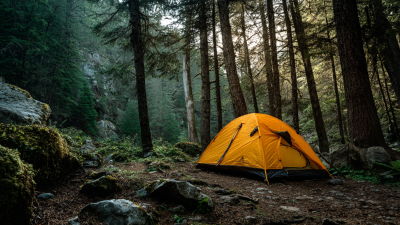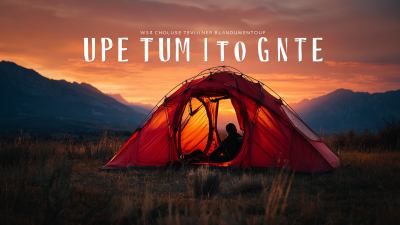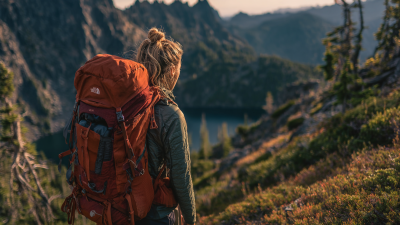Leave Your Message
-
E-mail
-
Whatsapp
When embarking on a solo adventure, having the right gear can make all the difference, and choosing the perfect one person tent is crucial. Whether you are planning a weekend camping trip in the woods or a week-long hike through the mountains, a reliable and well-suited tent will provide you with shelter, comfort, and peace of mind. This simple yet essential piece of equipment can enhance your outdoor experience, allowing you to fully immerse yourself in the beauty of nature without the worry of the elements disrupting your rest.

In this guide, we will explore ten essential tips to help you make an informed decision when selecting your ideal one person tent. From understanding the different types of tents available to considering factors such as weight, durability, and ease of setup, our tips will ensure that you find a tent that meets your specific needs as a solo adventurer. By carefully evaluating your options and aligning them with your adventure goals, you can ensure that your chosen tent serves as a reliable companion on your journey into the great outdoors. Get ready to discover the key features to look for and how they can transform your experience beneath the stars.
When selecting the perfect one person tent for your solo adventures, several key features should guide your decision. First and foremost, consider the tent's weight and packability. For backpackers, a lightweight design that compresses into a small size is critical, making it easy to carry without adding unnecessary bulk to your gear. Look for materials that balance durability and weight; high-quality fabrics like ripstop nylon offer excellent protection against the elements while remaining lightweight.
Another essential aspect is weather resistance. A suitable one person tent should come equipped with a reliable rainfly and a robust waterproof rating to withstand sudden downpours. Additionally, ventilation features such as mesh panels and adjustable vents can significantly enhance comfort by reducing condensation and maintaining airflow. Lastly, ease of setup is vital, especially after a long day of hiking. Tents that offer a straightforward pole assembly and color-coded clips can save you valuable time and frustration, allowing you to quickly establish your shelter and relax after a day in the wild.
When it comes to selecting a one-person tent for solo backpacking, weight is arguably the most critical factor to consider. A lightweight tent can significantly reduce the overall load you carry on your adventures, allowing for greater mobility and endurance on the trails. Look for materials such as nylon or polyester, which provide a strong but lightweight option. Aim for a tent that weighs between two to four pounds, striking a balance between durability and portability. Additionally, consider the tent's pack size; a compact design will fit more easily in your backpack, making it easier to navigate through dense wilderness.
Another aspect to consider is the ease of setup and take-down, which can be particularly beneficial on solo trips. A tent that is quick to pitch will save you valuable time and energy at the end of a long day of hiking. Many modern designs feature freestanding options with color-coded poles, simplifying the assembly process. Combining light weight with user-friendly features ensures that your solo camping experience remains enjoyable, allowing you to focus on the beauty around you rather than the hassle of managing bulky equipment.
| Tent Model | Weight (lbs) | Pack Size (inches) | Setup Time (minutes) | Water Resistance (mm) | Features |
|---|---|---|---|---|---|
| Lightweight Backpacker | 2.5 | 12 x 5 | 3 | 3000 | Compact, Easy Setup |
| Ultralight Expedition | 1.8 | 10 x 4 | 5 | 4000 | Super Lightweight, Wind Resistant |
| Adventure Solo | 3.0 | 13 x 6 | 4 | 3500 | Ample Space, Good Ventilation |
| Camp Comfort | 4.0 | 14 x 7 | 6 | 2000 | Spacious, Great for Relaxing |
When selecting the perfect one-person tent for solo adventures, weather resistance is a critical factor that can significantly impact your outdoor experience. High-quality tents typically use materials with a minimum waterproof rating of 1,500 mm to ensure adequate protection against rain. According to a study by the Outdoor Industry Association, 70% of outdoor enthusiasts prioritize waterproof capabilities in their tent purchases, highlighting the importance of choosing the right fabric. Options such as silicone-coated nylon or polyester, which provide enhanced durability and resistance to UV damage, are recommended for solo campers looking to withstand unforeseen weather challenges.
In addition to fabric, the tent’s structure plays a vital role in weather resistance. A well-designed tent should feature a sturdy pole system that can withstand strong winds and a rainfly that extends far enough to prevent condensation buildup and leaks. The American Camping Association indicates that tents with a full-coverage rainfly and a bathtub floor design are preferred by 60% of solo campers due to their robust protection during severe weather conditions. Investing in a tent that combines quality materials with a resilient structure will not only enhance your comfort but also ensure safety in unpredictable weather during your solo adventures.
When selecting the perfect one-person tent for solo adventures, the design and ease of setup play crucial roles for campers. A well-thought-out design not only facilitates quick assembly but also enhances overall user experience in the outdoors. Recent reviews indicate that user-friendly designs, such as pop-up tents, allow solo campers to pitch their shelters in mere moments. According to testing conducted on a variety of tents, those described as "easy to set up" significantly improve camper satisfaction, especially for individuals camping alone.
Moreover, the latest reports highlight that spacious and feature-rich tents can dramatically elevate the outdoor experience. Tents that are specifically engineered for solo use often combine lightweight materials with innovative architecture to maximize space and comfort without compromising portability. In the 2025 camping tent evaluations, models that emphasize compactness without sacrificing livability have emerged as top picks, accommodating the needs of solo adventurers who often prioritize quick deployment and comfortable layouts during their outdoor excursions.
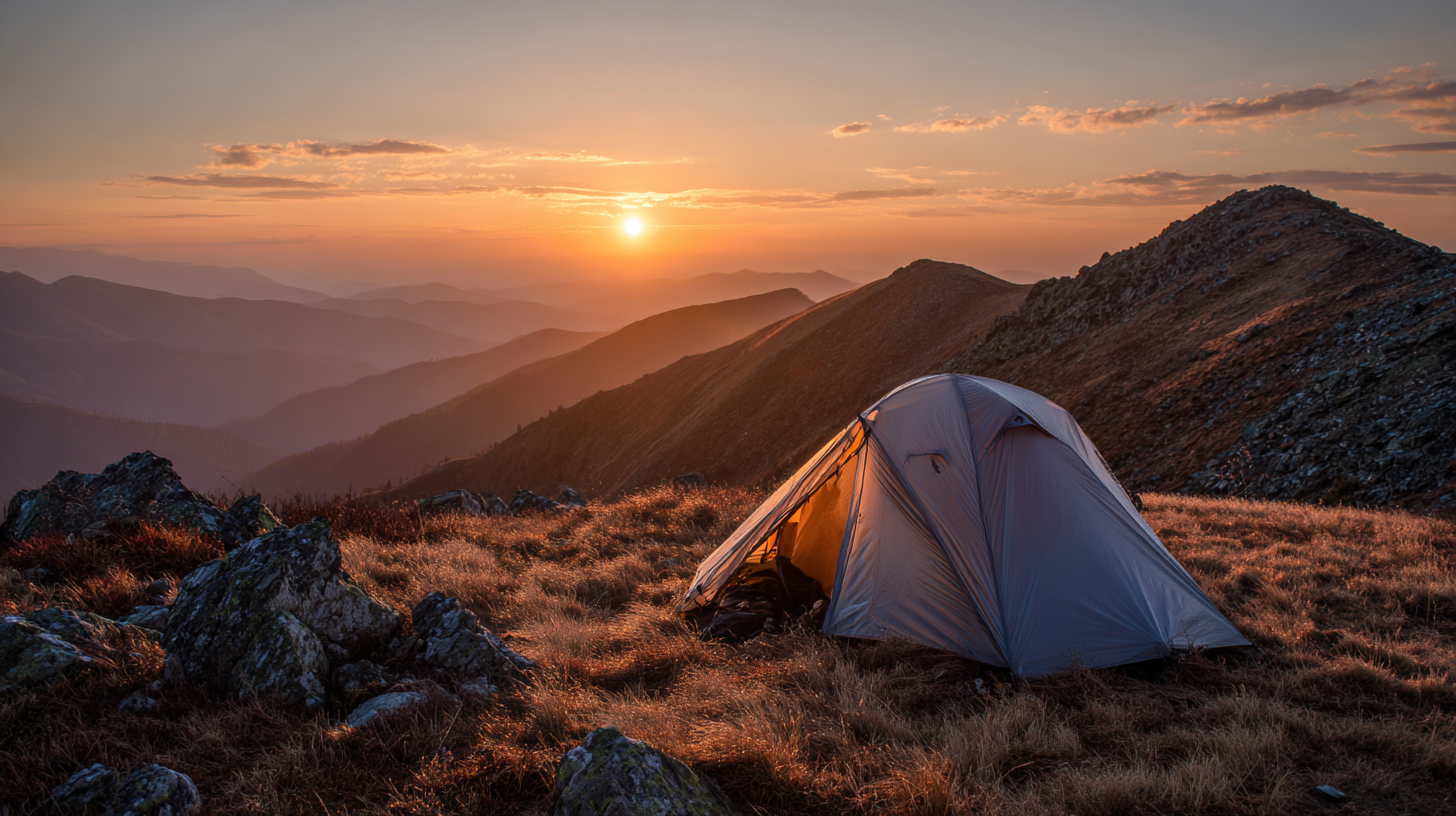
When embarking on a solo adventure, finding the perfect one-person tent can be a challenging task, especially when trying to stick to a budget. Quality should never be compromised for affordability, and it’s essential to identify options that offer both reliability and a reasonable price. To achieve this, focus on tents that prioritize durable materials and thoughtful designs that enhance functionality while still being easy on the wallet.
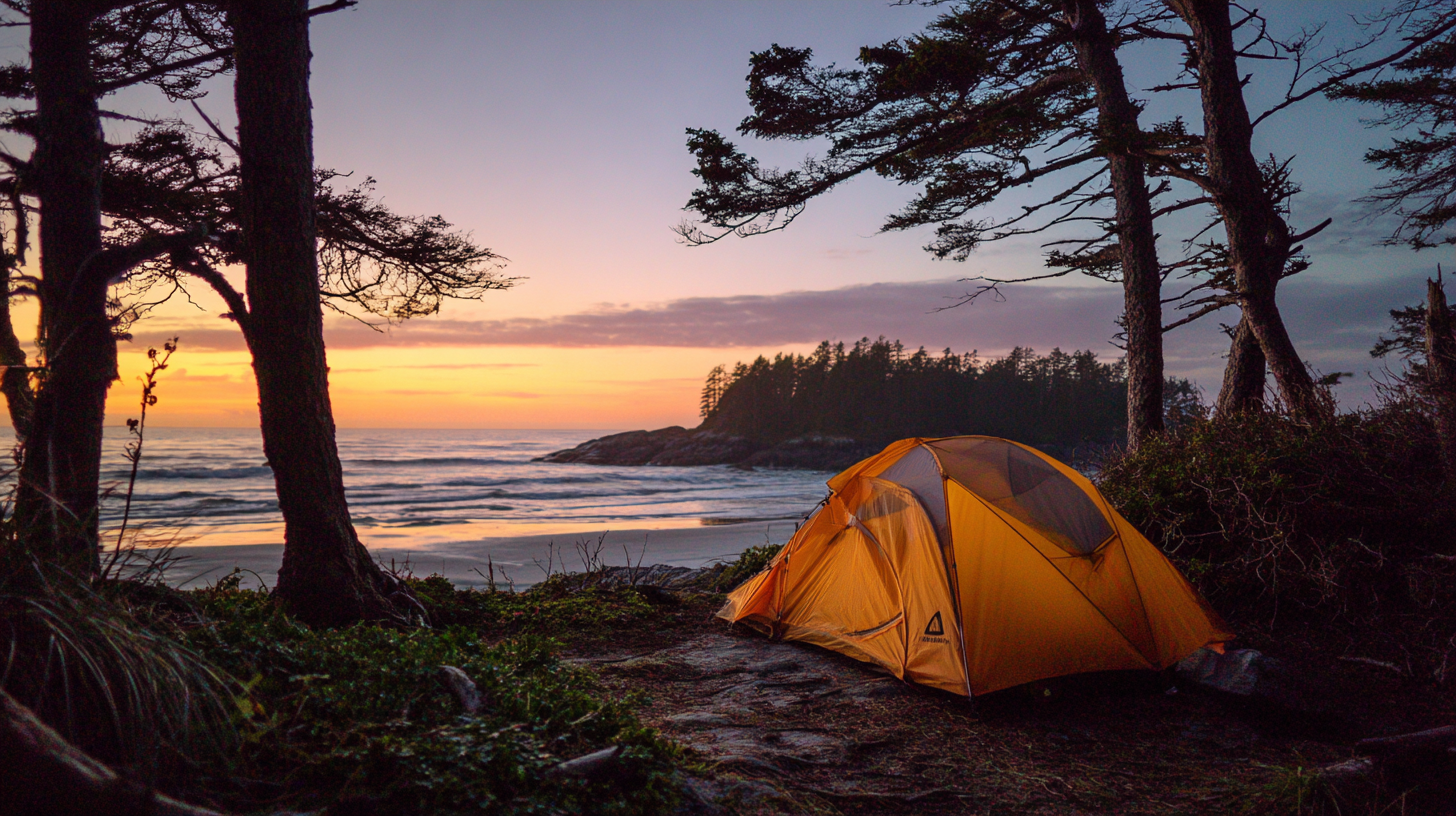
Researching 2025's best value CDN services can offer insights into how to save money without sacrificing quality. Just as you would compare pricing, features, and performance among different CDN providers to find a cost-effective solution, the same strategy applies to selecting a tent.
Look for user reviews and expert recommendations, comparing different models based on weight, ease of setup, and weather resistance. By pooling these factors together, you can uncover affordable yet excellent choices that suit your solo camping needs, ensuring your adventures are both enjoyable and economical.

